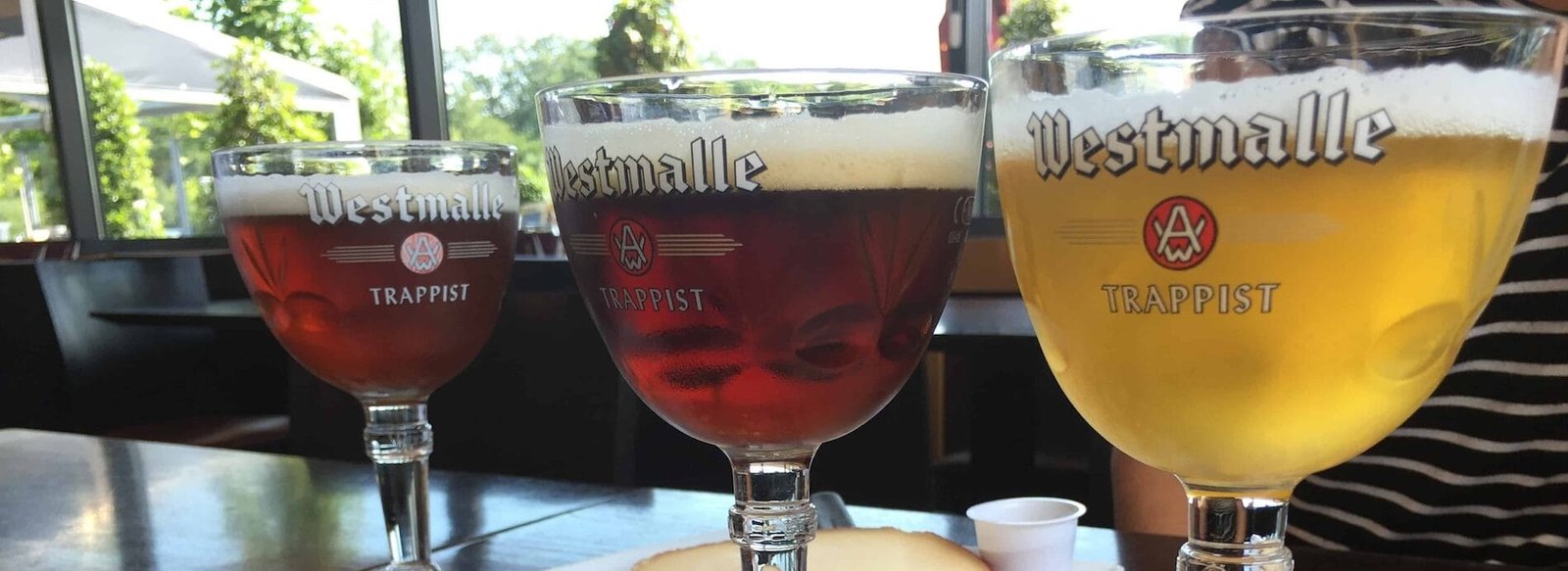Belgian Lambic beers hold a unique place in the world of brewing, characterized by their complex flavors and distinctive production methods. Unlike many other beer styles that rely on cultivated yeast strains, Lambics are primarily known for their spontaneous fermentation process. This article delves into the intricacies of Lambic beers, comparing the spontaneous fermentation method with traditional brewing techniques, and highlighting what makes them truly special.
Understanding Lambic Beers
Lambic beers originate from the Brussels region of Belgium, particularly the Senne Valley. They are unique in that they are produced using a method that allows wild yeast and bacteria from the environment to ferment the wort. This results in a beer that is often sour, funky, and complex, with a character that evolves over time. The primary ingredients of Lambic beers include barley, wheat, hops, and water, but it is the fermentation process that sets them apart.
Spontaneous Fermentation: The Heart of Lambic Production
At the core of Lambic production is spontaneous fermentation. This method relies on the natural microflora present in the air, particularly wild yeast strains such as Brettanomyces and various lactic acid bacteria. The brewing process begins with the creation of wort, which is made by boiling malted barley and unmalted wheat with hops. However, instead of cooling the wort and adding a cultivated yeast strain, the wort is transferred to open fermentation vessels called “coolships.”
The coolship is a shallow, wide vessel that allows the wort to cool slowly while exposed to the ambient air. This exposure is crucial, as it allows wild yeast and bacteria to settle into the wort. The fermentation process can take several months to years, during which the beer develops its characteristic flavors. This method is unpredictable, as the specific strains of yeast and bacteria that take hold can vary from batch to batch, leading to a diverse range of flavors and aromas.
Traditional Brewing Techniques: A Different Approach
In contrast to spontaneous fermentation, traditional brewing methods involve the use of specific yeast strains cultivated for consistency and reliability. Most beers around the world are produced using this method, which allows brewers to have greater control over the fermentation process and the final flavor profile of the beer.
Traditional brewing begins similarly to Lambic production, with the creation of wort. However, after boiling, the wort is cooled and transferred to fermentation vessels where a specific yeast strain is added. This cultivated yeast ferments the sugars in the wort at a controlled temperature, producing alcohol and carbon dioxide while imparting specific flavors associated with that yeast strain.
While traditional brewing methods can yield high-quality beers with a wide range of flavors, they lack the complexity and unpredictability that come with spontaneous fermentation. The consistency of cultivated yeast strains means that the resulting beer is often more uniform in taste and aroma, which can be appealing for many consumers but may lack the unique character found in Lambics.
The Role of Aging in Lambic Production
One of the most fascinating aspects of Lambic beers is their aging process. After the initial fermentation, Lambics are often aged in wooden barrels, which can further enhance their complexity. The barrels allow for micro-oxidation and interaction with the wood, contributing additional flavors and aromas to the beer. This aging process can last anywhere from several months to several years, with some Lambics being aged for a decade or more.
During this aging period, the beer continues to evolve. The wild yeast and bacteria continue to work on the sugars, producing lactic acid and other compounds that contribute to the sourness and funkiness of the final product. This slow maturation process is what gives Lambics their depth and character, making them a favorite among beer enthusiasts.
Blending: A Signature Technique
Another distinctive feature of Lambic beers is the practice of blending. Many Lambic producers create a product known as “gueuze,” which is a blend of young and old Lambics. The young Lambic, typically aged for about a year, is blended with older Lambics that have been aged for several years. This blending process helps to balance the flavors, combining the tartness and freshness of the young beer with the complexity and depth of the older beers.
The resulting gueuze is often bottle-conditioned, meaning that additional sugar and yeast are added before bottling to induce a secondary fermentation. This process creates natural carbonation and further develops the flavors. Gueuze is celebrated for its effervescence, complexity, and refreshing qualities, making it a popular choice among beer aficionados.
Comparing Flavor Profiles
The flavor profiles of Lambic beers and traditionally brewed beers can be starkly different. Lambics are known for their sourness, often accompanied by fruity, earthy, or funky notes. The wild yeast and bacteria contribute to a wide range of flavors, from tart cherries and apricots to more complex notes of leather, barnyard, and mustiness. The unpredictability of spontaneous fermentation means that each batch can offer a unique tasting experience.
In contrast, traditional beers tend to have more predictable flavor profiles based on the yeast strain used. While there is still a vast array of flavors available within traditional brewing, the consistency of cultivated yeast means that brewers can replicate successful recipes with greater ease. This can lead to a more uniform taste experience across different batches and brands.
The Cultural Significance of Lambics
Belgian Lambic beers are not just a product of unique brewing techniques; they are also deeply rooted in Belgian culture and tradition. The production of Lambics has been passed down through generations, often within family-run breweries. This artisanal approach to brewing is reflected in the care and attention that goes into each batch of Lambic.
The importance of Lambic beers is recognized globally, with many beer enthusiasts seeking out authentic examples from Belgium. The traditional methods used in Lambic production are celebrated for their craftsmanship and the connection to the land and environment. As more people become interested in craft beer and artisanal products, the appreciation for Lambic beers continues to grow.
Exploring Belgian Lambic Beers: The Art of Spontaneous Fermentation and Traditional Brewing
Belgian Lambic beers represent a fascinating intersection of tradition, innovation, and nature. The spontaneous fermentation process sets them apart from traditional brewing methods, resulting in a unique and complex flavor profile that is cherished by beer lovers around the world. While traditional brewing techniques provide consistency and reliability, Lambics offer an unpredictable journey through flavor, influenced by the environment and the passage of time.
As you explore the world of Belgian Lambics, consider the artistry involved in their production and the cultural significance they hold. Whether you prefer the tartness of a Gueuze or the depth of an aged Lambic, there is no denying the unique character and craftsmanship that define this iconic style. The next time you raise a glass of Lambic, take a moment to appreciate the rich history and tradition behind each sip, and the remarkable process that brings these exceptional beers to life.

